A cheaper Vision Pro could replace my MacBook – but Apple still has a lot to prove
Opinion: Apple Vision Pro won’t replace your VR headset – it’s coming for your laptop
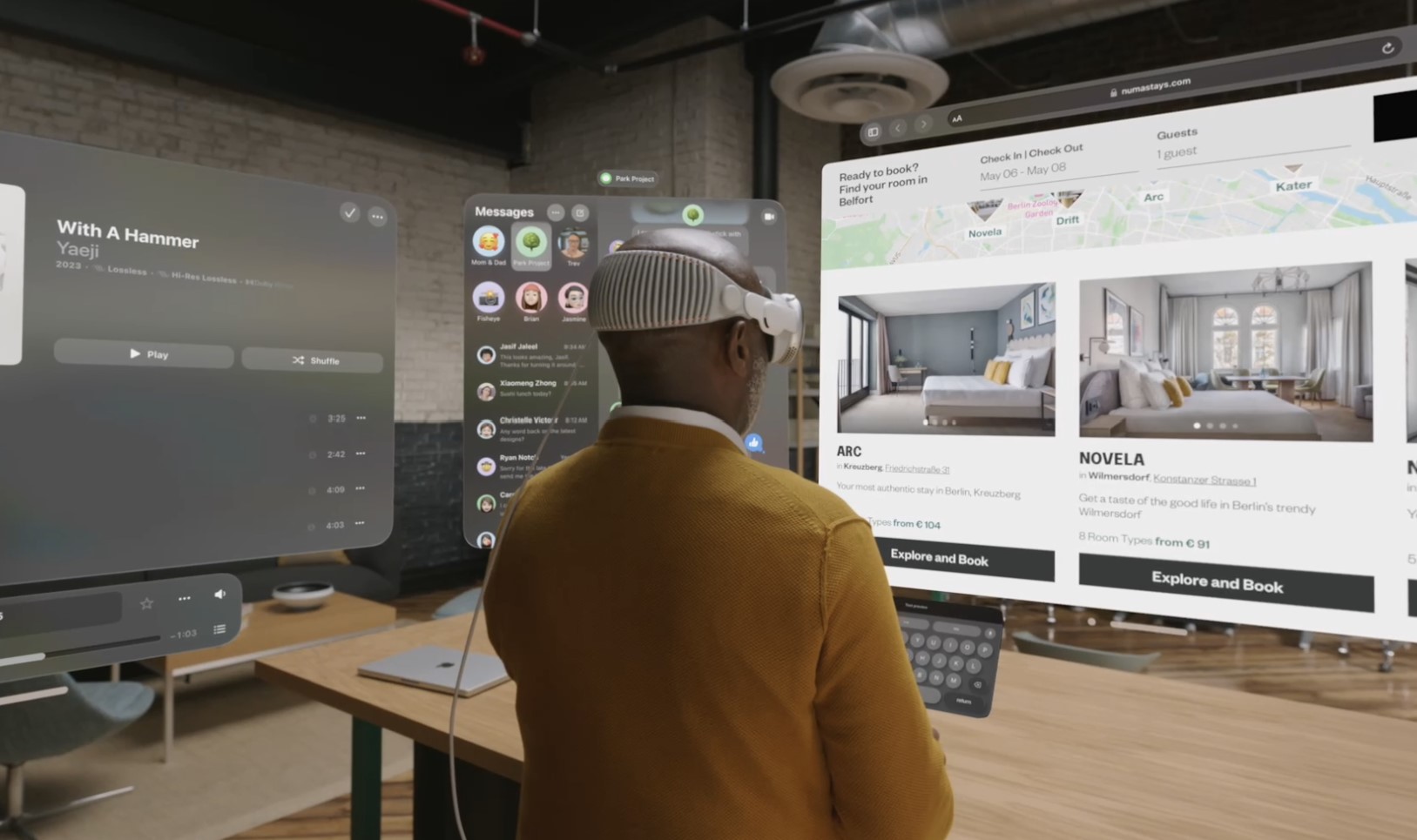
I’ll admit, when Apple first showed off its Vision Pro headset, I was less than impressed. I’ve used various virtual reality (VR) headsets over the years, and while many have impressed me, I never felt like VR has reached its full potential.
There’s a part of me that also feels it never will. The world seems to have mostly moved on from VR. As a PC gamer, it seems like there hasn’t been a decent VR game for a long time, and while Sony is pushing PSVR 2 for the PS5, sales haven’t been all that hot. A few years ago, you couldn’t move without bumping into companies like HP releasing ‘mixed reality’ headsets for PCs. Those days are long gone.
Also, while Mark Zuckerberg’s Meta is one company that is still releasing new headsets, its vision for an all-encompassing Metaverse seems like it’s dead.
So, Apple’s timing with the Vision Pro appeared unfortunate. I’m used to Apple hanging back and letting other companies wrangle with a new product category before sweeping in with a ‘definitive’ version (the iPad wasn’t the first tablet, nor was the Apple Watch the first smartwatch), but here it felt like the Cupertino company had left it a little too late.
As the presentation at WWDC 2023, where it was announced, continued, we were shown various concepts designed to show how the Vision Pro would be used. These varied from impressive (watching TV and movies in your own private cinema) to the downright creepy (fake eyes to make it appear you’re looking at someone), but throughout I had a nagging feeling that I just couldn't see a reason why I’d use this.
It seems like even the mighty Apple can’t escape one of the biggest issues of demonstrating the potential of VR: you really need to try it for yourself to get a good idea of what it will actually be like to use.
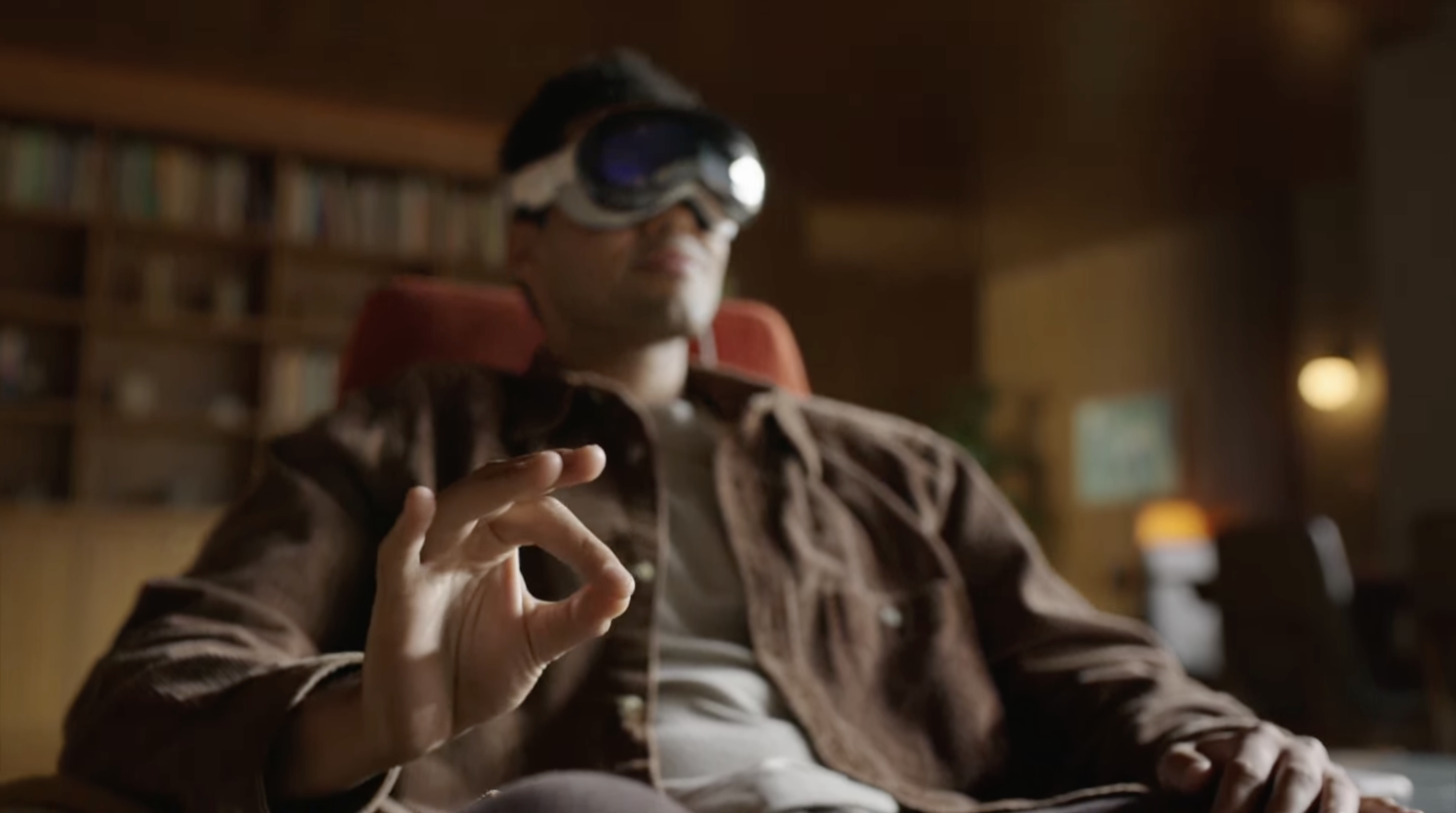
My colleague Lance Ulanoff was at Apple’s headquarters to witness the Vision Pro announcement, and he got to try on the headset, and came away much more impressed with it than me. When I hopefully get a chance to try it for myself, I may see the appeal.
Sign up for breaking news, reviews, opinion, top tech deals, and more.
However, I’m still struggling to see the appeal of having work meetings where my colleagues faces float above my bed, and where my face is digitally recreated due to the fact I’m wearing a headset.
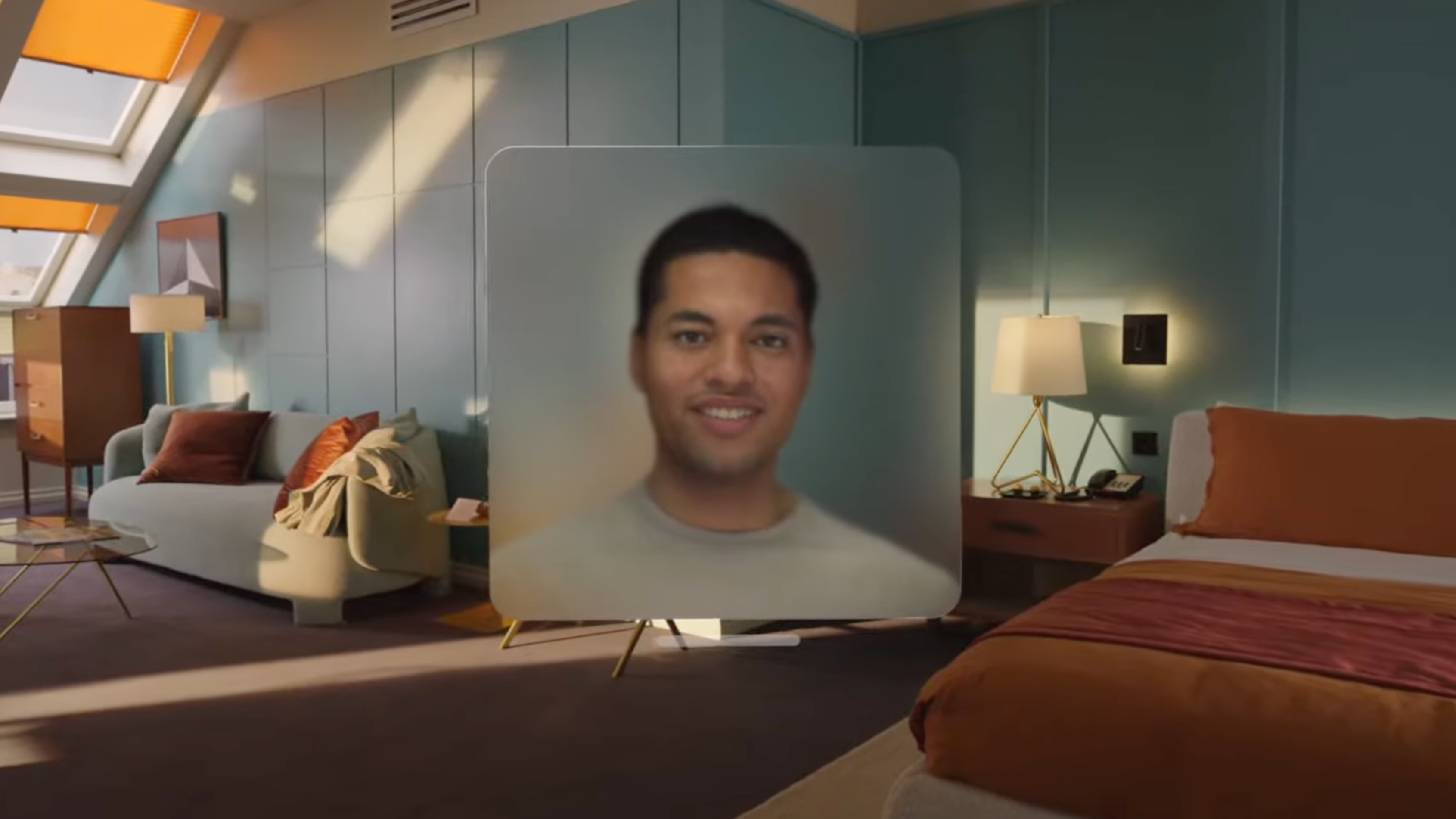
And, while having a headset that can make it feel like I’m watching movies on a huge screen with spatial audio replicating a surround sound setup is a cool idea, what happens if I want to watch something with someone else? Do we both need Vision Pros and sit in our own little bubbles? Watching movies can be a communal thing, and that will get missed.
What does the Vision Pro actually replace?
It’s fair to say, then, that I wasn’t totally sold by the end of the WWDC 2023 keynote, and the reveal of the $3,500 price tag pretty much confirmed that I was never going to buy one.
But, in the days since the launch, I’ve been thinking about how I might have missed Apple’s intentions with the Vision Pro – at least initially. At the beginning of the presentation, I was viewing the Vision Pro as a competitor to VR headsets such as HTC Vive and Oculus Quest.
However, Apple doesn’t envision Vision Pro as a replacement for VR headsets. The price, for a start, makes it clear that it’s never going to compete with established VR headsets, which are far cheaper.
Apple also hardly mentioned gaming, one of the key reasons for using modern VR headsets. It looks unlikely that the Vision Pro will offer immersive gaming experiences that place you within the game world. Instead, it will likely stick to playing ‘2D’ games from the likes of Apple Arcade, but with the impression we’re playing it on a big-screen TV.
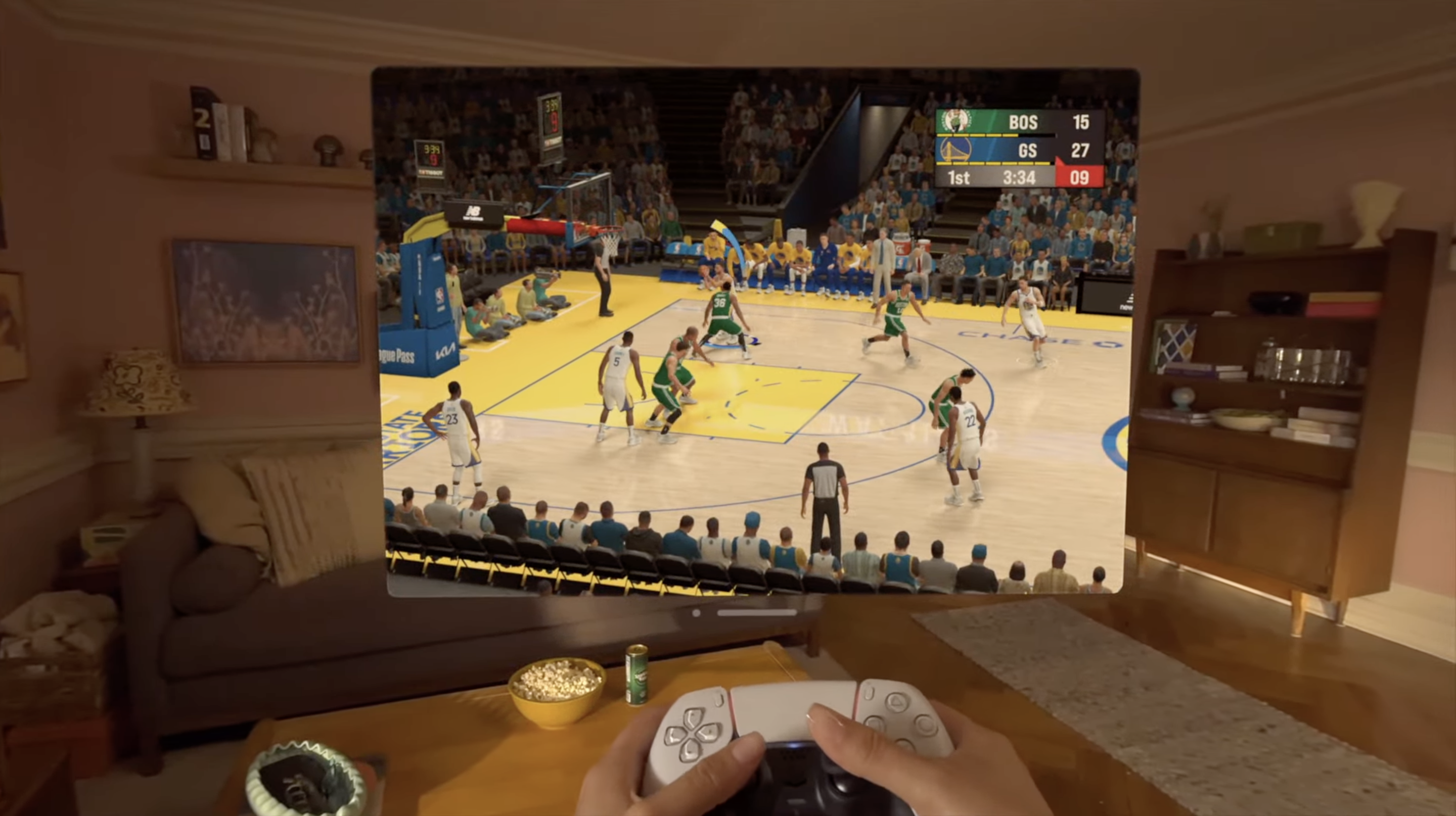
That could still be quite cool, but it’s a far cry from the experience you get with something like Half-Life Alyx.
So, I thought, maybe Vision Pro is designed to replace my TV instead. The evidence there is quite compelling, as Apple spent a while showing how it could be used to watch shows and movies, and the spec seemed pretty good, with a resolution for each lens that should make content look clean and crisp – something I’ve found VR headsets struggle with.
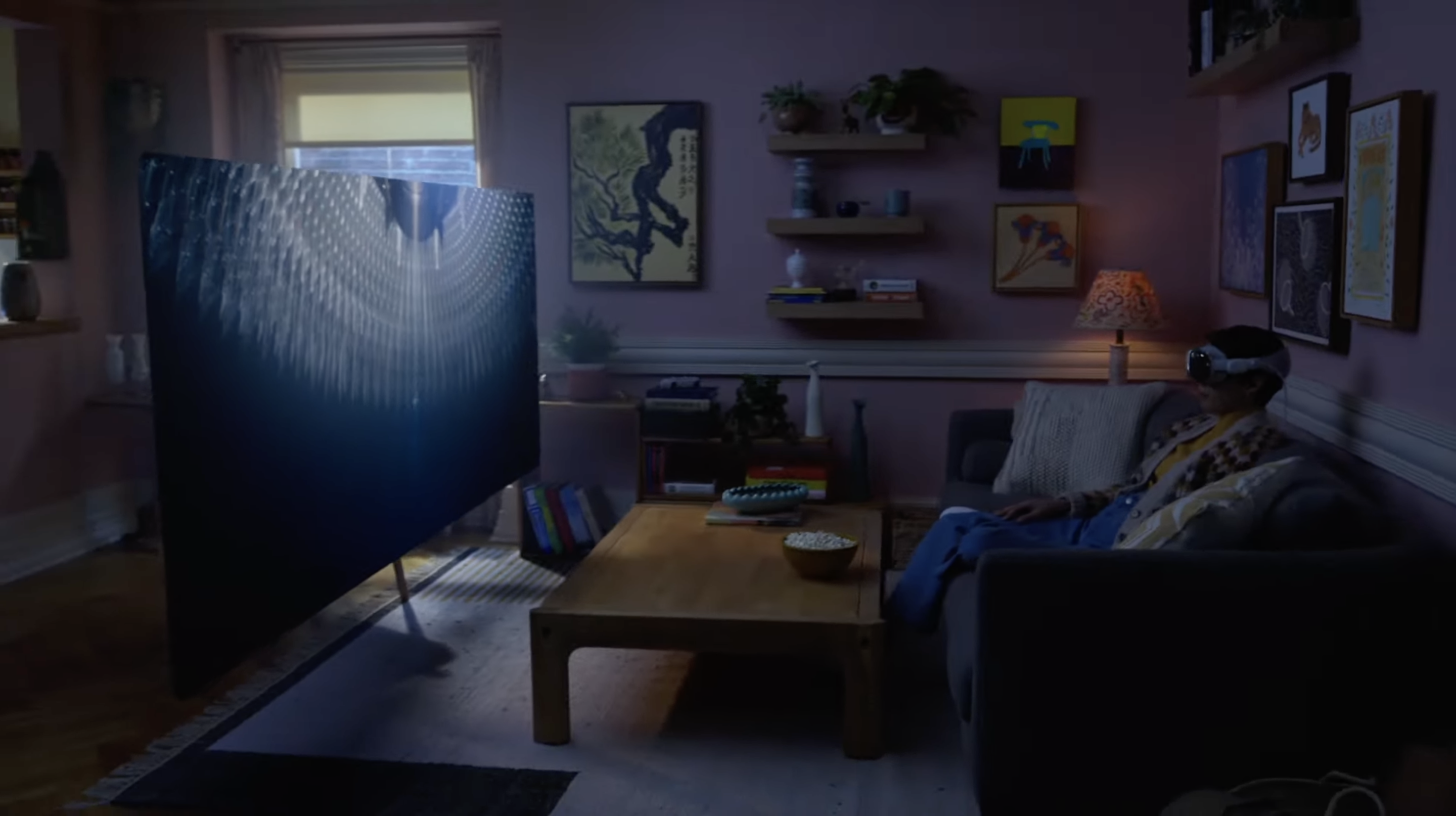
The fact that Apple is heavily invested in TV and movies thanks to its Apple TV+ streaming service, which is producing critically-acclaimed features, and its work with spatial audio through its Apple Music service and AirPods earphones, makes the Vision Pro a more obvious fit than gaming where Apple's interest has historically been minimal.
The WWDC 2023 keynote presentation also seemed to suggest that by thinking of the Vision Pro as a replacement for a large-screen 4K TV and surround sound home theater setup, the high price should make more sense.
It’s certainly true that if you were to buy a new large 4K TV and either a surround sound setup or decent soundbar, you’d be looking at spending around the same amount of money as Apple is asking for the Vision Pro. That may be so, but I think the headset will still struggle to offer the same level of immersive entertainment as a good home theater setup. There’s also the issue of not being able to watch things with friends and family, plus with a traditional home theater setup, you’re able to swap out parts when you want to upgrade – with the Vision Pro, you’ll need to upgrade the whole lot.
I was getting increasingly confused about who the Vision Pro is for. But then it clicked. Apple doesn’t see the Vision Pro as competing with other VR headsets, or replacing TVs – it sees it as a replacement for our laptops.

Spatial computing
The biggest clue to Apple’s vision for... the Vision Pro, is how it insisted on referring to ‘spatial computing’ throughout the presentation. At first I dismissed this as a classic Appleism, where it wanted to coin a new phrase that could allow it to claim it’s a trendsetter, rather than being late to the party.
But the more I think of it, the more I feel its focus on spatial computing is more nuanced. And, when you think about a ‘spatial computer’ as a (new) separate form factor alongside laptop computers and desktop computers, it can start making a bit more sense.
Replacing your laptop or desktop PC with the Vision Pro makes is more sensible than replacing your TV. For a start, working on a computer is usually a solitary endeavor, so wearing a headset won’t feel like you’re missing out.
The fact that the Vision Pro looks like it’ll be more portable than many laptops, also makes it an appealing prospect.

The Vision Pro will also come with its own operating system (visionOS) and app store and has a dual-chip design, with a new R1 chip, as well as the M2 chip which is found in the latest MacBooks.
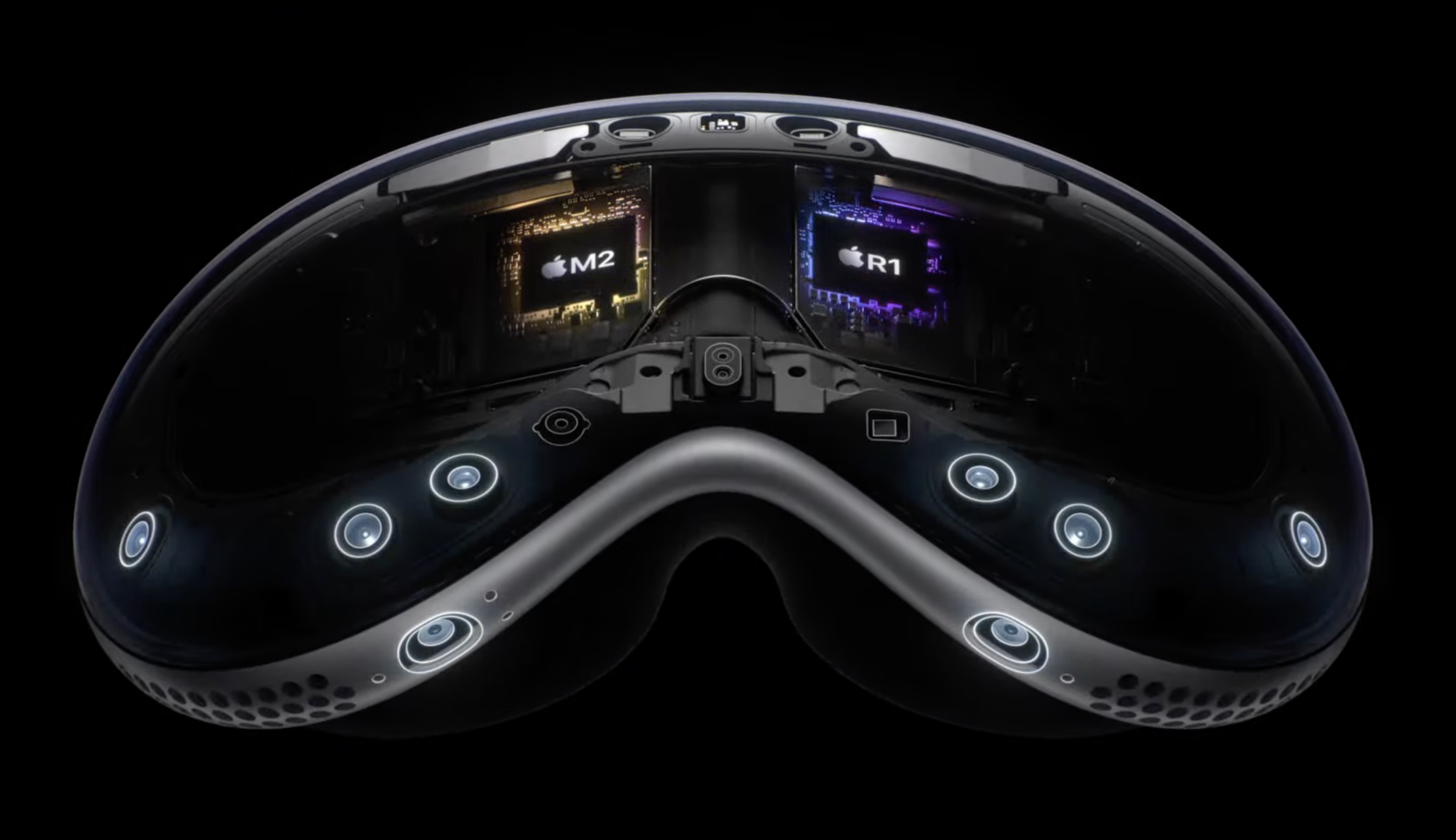
If the R1 chip works as intended and handles the bulk of the ‘spatial’ tasks, such as controlling the 12 cameras, five sensors, and six microphones to help it figure out where you are and what you’re looking at, then that should leave the M2 chip to concentrate on the computing aspect – theoretically offering you a similar level of performance as the new 15-inch MacBook Air, or last year’s 13-inch MacBook Pro.
If that is indeed the case, then the Vision Pro could turn the heads of people looking for a new laptop, but bored of the same old clamshell form factor.
Still a long way to go to change my mind
While the idea of the Vision Pro replacing a laptop is starting to make more sense the more I think about it, there are still some major questions that Apple will need to answer before I consider getting one instead of a new laptop.
For a start, the reason why laptop design has stayed roughly the same for the past three decades is that the classic form factor with a keyboard, screen, and touchpad is convenient and comfortable to work on. With the Vision Pro, Apple will need to convince me that using its headset is better than a laptop – and I can’t really see it doing that, especially when it comes to typing.
The controller-less design of the Vision Pro is certainly interesting, but will its hand and finger tracking be good enough to handle typing? Or would we need to use a separate physical keyboard (as Apple demonstrated during the event, which could address my concerns)?
The price is another big sticking point. $3,500 could get you an incredibly powerful laptop – in fact, you could get an incredibly powerful laptop for half that price. So, I’d need to see a non-Pro version of the Vision, possibly in a few generations' time, that will come with a price tag that’s far more realistic.
Finally, battery life will need to be improved. At the moment, it seems the Vision Pro can manage two hours, and while using it like a laptop could mean you’ll sit at a desk with it plugged into the charger, I’d like a version that could go for several hours at various times throughout the day.
When Apple addresses those concerns, I may finally be willing to leave my MacBook at home, and strap on the Apple Vision 5 SE (or whatever a future, affordable, version will be called).

Matt is TechRadar's Managing Editor for Core Tech, looking after computing and mobile technology. Having written for a number of publications such as PC Plus, PC Format, T3 and Linux Format, there's no aspect of technology that Matt isn't passionate about, especially computing and PC gaming. He’s personally reviewed and used most of the laptops in our best laptops guide - and since joining TechRadar in 2014, he's reviewed over 250 laptops and computing accessories personally.